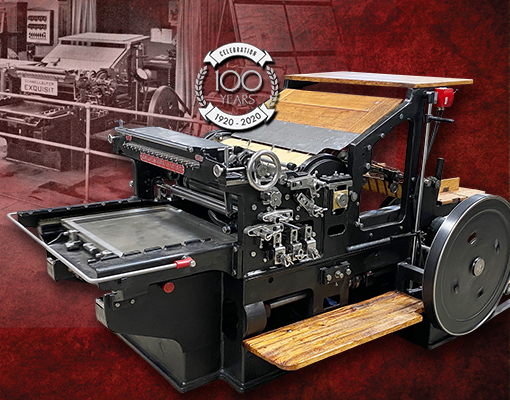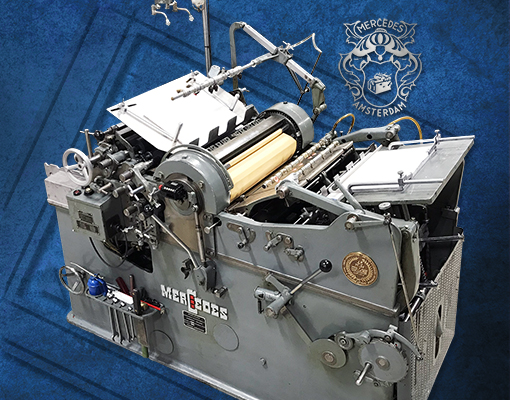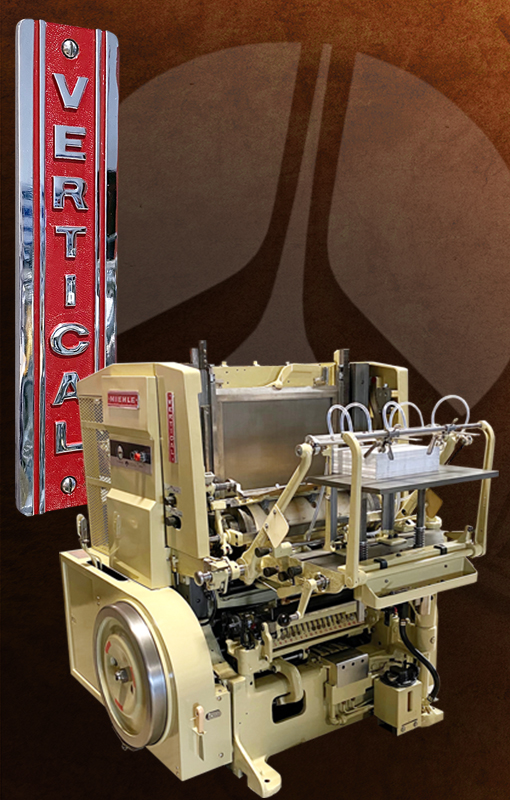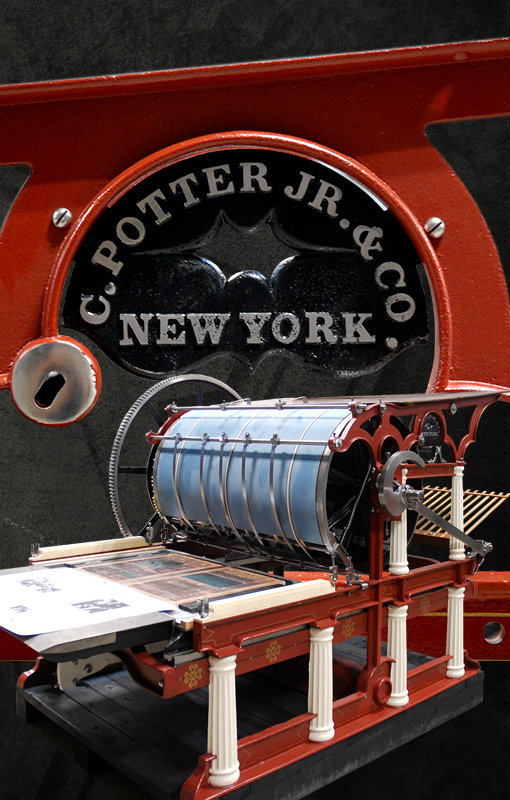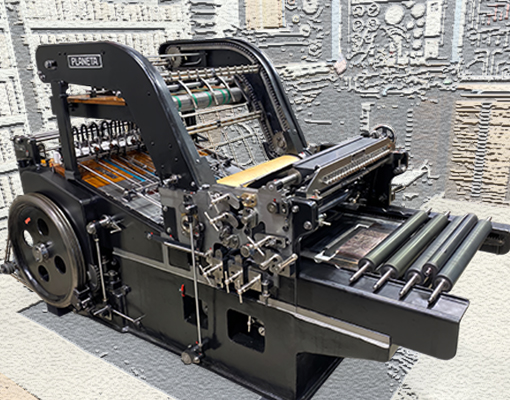Today, the idea of a flatbed cylinder is considered one of the defining accomplishments in printing. These machines could print on much larger paper sizes and at a far greater speed. The cylinder also pushed machine designs into rotary configurations, making way for even greater speeds. The modern web press (printing from a roll of paper) owes much to the cylinder concept.
Various early developers hold a place in the cylinder’s history, but no one can capture the highest honour of Messrs. Koenig & Bauer. Friedrich Koenig was a printer in Saxony, Germany. He is credited with his partner, Andreas Bauer, for designing and constructing a press for the Times of London newspaper. Ironically, the two had to leave Germany to develop their ideas. In 1811, the men received a patent, and the industry was never the same. The company these two formed in Germany, Koenig & Bauer, remains a leading builder and supplier of printing machinery today.
The concept of the cylinder, either rotating against another cylinder or over a bed of type, was widespread, and hundreds of models from the likes of the R. Hoe & Co. to Albert Frankenthal, Miehle, M.A.N, Heidelberg, and Wharfedale played key roles. The cylinder was manufactured well into the 1970s and still finds favour as a die-cutter. The HIW has several examples of machines between 1840 and 1950.
GO TO THE GALLERY »
